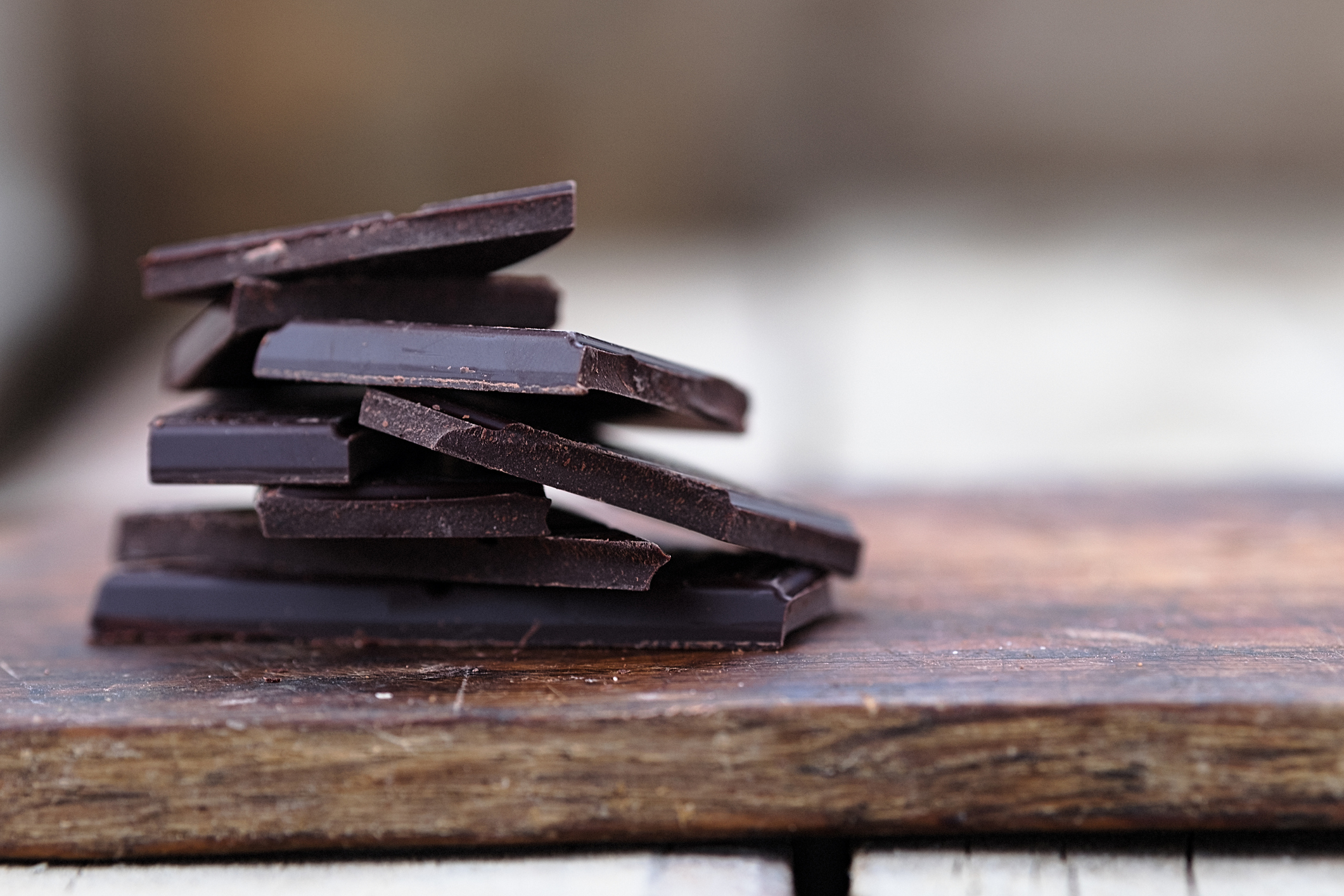The month of October ushers in not only spectacular foliage but also tempting seasonal treats. Fresh apple cider and warm donuts, apple and pumpkin pie straight from the oven and, for children of all ages, Halloween candy. Although too many sweets can lead to a host of health problems, chocolate with minimal processing and a low sugar and calorie content can decrease the risk for coronary artery disease by about 8 percent.
According to a recent CNN Health report, a new study encompassing 50 years of research found that eating chocolate more than once a week can reduce heart disease risk and lower blood pressure. Eating a 1-ounce piece of dark chocolate several times a week is also associated with improving blood flow to the brain which may protect against cognitive decline. Eating dark chocolate, without too much added sugar, fats or extra ingredients like caramel or nuts, can also boost oxygen delivery during exercise, help prevent stroke and diabetes as well as reducing stress. Longevity may be in the cards as well.
What makes chocolate so beneficial? It contains antioxidants that help reduce inflammation and improve blood flow. Dark chocolate can also increase good cholesterol but researchers warn against consuming large quantities of processed chocolate containing high levels of sugar, calories, milk, and fat. Opt for high-quality chocolate that is not overly processed in small quantities to reap the health benefits without contributing to weight gain or chronic illness.
Learn more about cocoa and chocolate, it’s history and healing properties by following this link to research published in the journal Antioxidants and Redox Signaling.
Tips for Buying Chocolate:
- Dark chocolate blocks with at least 70% cocoa solids.
- Raw cacao or cocoa powder.
- One gram of cocoa contains over 30 mg of flavanols, whereas one gram of dark chocolate contains approximately 12.5 mg.
- Cacao nibs, which are crushed, raw cacao beans. You can use these in place of chocolate chips in items like cookies, trail mixes, or smoothies
Source: National Foundation for Cancer Research Blog






Add Your Voice
0 Comments
Join the Discussion